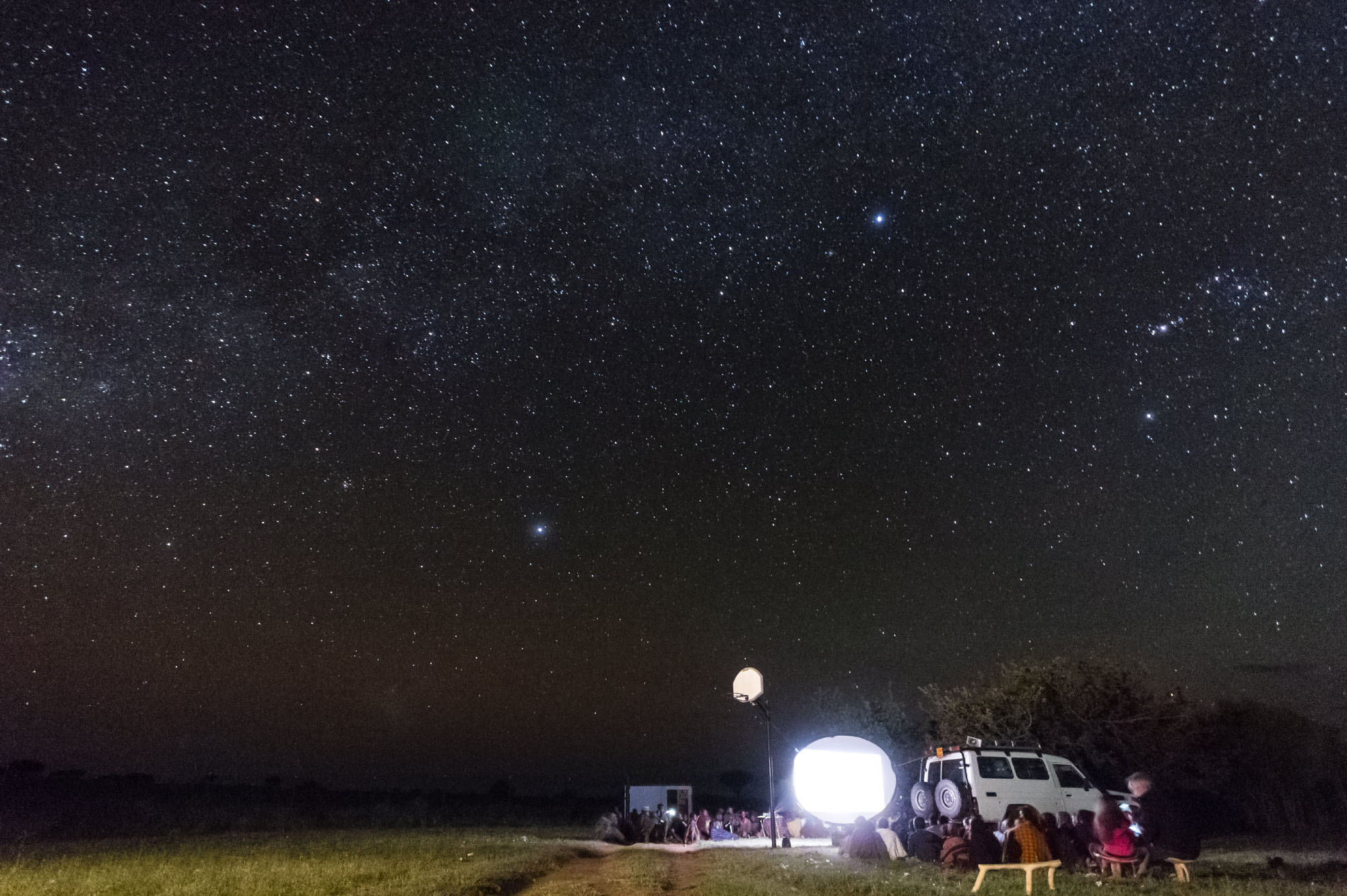
[SLIDESHOW=44554,44555,44556]ORLANDO, Fla. (BP) — For one morning a week for quite some time, both women had been nothing but consistent.
Riah* had been faithfully working to help keep up the home of Yvonne Cantwell*, an IMB missionary in Southeast Asia. And Cantwell had been faithfully sharing the Gospel and Bible stories with her as they built a relationship.
“She is from a UPG [unreached people group],” Cantwell said. “I speak her national language but not her heart language.”
Riah was “friendly and open but she stayed loyal to the religion of her people,” Cantwell said.
Until one day, that is, when Riah came in talking about a radio program she had heard — one that talked about the lineage of Jesus — and Cantwell remembered she had the “JESUS” film app on her phone.
“While she was working, I searched the app and found they had short clips from the Jesus Film in so many languages — including Riah’s heart language,” Cantwell said. “That day before she went home, I showed her ‘The Beginning’ clip. When she first heard the words in her language she laughed in surprise and said, ‘They are from my home island.'”
Riah was captivated with the story of creation and the fall, of Abraham and the sacrifice and the prophets telling of the coming Messiah, Cantwell said.
“She has not yet turned from darkness to light, but these JESUS film clips in her heart language, so easily shown to her on my phone, are helping her along this journey,” Cantwell said.
Riah’s story is one of countless thousands that the Jesus Film Project is celebrating as it marks its 1,500th language translation this month, Josh Newell, the Jesus Film Project’s director of marketing and communications, told Baptist Press.
The latest translation — into Daasanach, a language spoken by an ethnic group inhabiting parts of Ethiopia, Kenya and Sudan — is part of the project’s initiative to reach the world’s remaining 865 language groups that have 50,000 or more speakers.
It’s a “big milestone,” Newell said — “a celebration of a partnership from Bible translators to church planters to individuals who use it throughout the world to reach people from far-flung corners to city high rises.”
Multiply those partnerships across 1,500 languages and 37 years, and “you just have to sit back and say, ‘God, You’re so amazing,'” he said.
The Jesus film, based on the Gospel of Luke, was initiated by the late Bill Bright, co-founder of Campus Crusade for Christ, who had a vision to show the film in every country.
About 2,000 theaters in the United States first aired the movie in 1979, and it wasn’t long before the Jesus Film Project began to translate it into other languages.
Since then, the film has been used to make 7.5 billion Gospel presentations in 230 countries, with more than 490 million people indicating a decision for Christ after viewing it.
It’s been retouched and repackaged a number of times along the way, Newell said.
“Even in the beginning stages of translating it into other languages, we realized that there were some pieces that were very western even though it was shot on site in Israel and with a large cast of Jewish actors,” he said.
So in the late 1990s, the Jesus Film Project began adapting it for different audiences, sometimes reshooting scenes or making adaptations such as adding in narration for children.
From a technological standpoint, the film has moved across mediums from a 16mm projector to VHS to DVD to downloadable content, Newell said. A miniature SD card the size of a postage stamp can hold the movie in 16 languages.
“The means has changed with the times, for sure,” he said. “The digital age allows us to shrink down our offerings into the size of your hand but also equips someone to share at the moment that the Holy Spirit prompts them. It’s a great tool.”
That’s what happened with Cantwell — she had the clips right there in her hand in the moment the Holy Spirit prompted her, said Michael Logan*, an IMB media strategist who has worked with field teams’ communication needs for more than 25 years.
It’s so much more than a piece of media, Logan said — it’s a “partnership where IMB teams and those in the Jesus Film Project share a common drive for reaching a lost world.”
It’s great for engaging people like Riah, Logan said, but there are also “few things in the world more beautiful” than seeing a local group watching it together, hearing the story of Jesus for the first time.
Jordan Frankle*, an IMB missionary in West Africa, said that’s her story.
“We showed the JESUS film recently in a village that has no electricity, so we used a generator in a field,” she said.
The group of about 50 sang for an hour and a half then started the movie.
“I was praying the whole time while we were watching it, just asking for seed to be sown and watered on the dry ground in the hearts of the people watching,” she said. “And even for the handful of believers who are there who are newly converted, I prayed that it strengthened and fortified their faith.”
Logan said this is a scene that has repeated itself countless times over the past three decades or so.
“The JESUS film continues to be a great evangelistic tool that missionaries use hand in hand with their personal testimony and sharing of the Gospel,” he said. “This film acts a wonderful bridge into spiritual conversations that have helped transform thousands of lives over the years.”
*Names changed

















